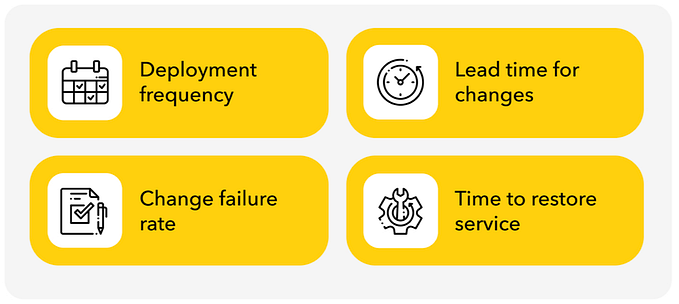Systems Inspired Leadership

“Leadership is a choice, not a position.” — Stephen Covey
Just wrapped up my first book of the new year, Systems Inspired Leadership (SIL), and I must admit that when I initially clicked purchase on Amazon I thought the Systems that would be the context of the book were of a technical nature. That assumption was proved incorrect almost immediately as the authors quickly set the definition of a “system” as “a group of interdependent entities working together around a common goal”. Each of us, in our personal and work lives, belongs to a variety of systems as they are defined in the book. For example, corporate departments, sports teams, engineering squads, and book clubs are all examples of systems.
So what is Systems Inspired Leadership?
Systems Inspired Leadership is a leadership approach that believes answers exist already in the system and leaders, instead of leading in a top-down manner, should lead by “facilitating emergence”. Leaders reduce their activities related to directing and reacting in favor of activities where the wisdom of the system is leveraged to create solutions. This approach to leadership shares many principles with modern management practices; focusing on relationships, servant leadership, leveraging learner questions, acting inclusively, and being mindful. System Inspired Leadership does not preclude a leader from making a decision but when the system is engaged buy-in from the system quickly follows.
System inspired leaders also see crisis, disagreement, and conflict as opportunities for the system to progress forward, evolve, and be a catalyst for innovation. As the book states “let us not waste a crisis”.
System Inspired Leadership also has a systems inspired rule when engaging a system; “everyone is right…partially.”
Takeaways
While some of the System Inspired Leadership principles and approaches I’ve been practicing for some time, such as engaging customers and utilizing customer relationships to drive roadmaps and set priorities, active listening, leveraging collaboration. There are some practical and actionable activities outlined in the book that I plan to introduce to my group.
Designing the team and leader alliance
Creating an inclusive and collaborative culture is very important to the success of any relationship and leaving with positive outcomes. By utilizing a Designing the Team Alliance (DTA) a “social contract” is developed for the group and common understandings are created. To construct a DTA you kick off a meeting or group introduction by asking approximately three level-setting and agreement creating questions. Some examples include:
- What is the atmosphere and culture we want to have?
- How do we want to behave when situations become difficult or conflict arises?
- “What will help us to excel and be masterful?”
This brief activity of creating a social contract will allow the meeting or group and the relationships within to create a collaborative, open, and healthy culture.
3rd entity exercise
From a System Inspired Leadership perspective, the 3rd entity “is the unique identity of a relationship system.” Referred to as “the team” or “the department.” When discussing particularly impactful changes or decisions that will result in a course correction this exercise can be tried to ensure that all angles of the decision are explored. The exercise involves having members of a system take turns speaking from the perspective of the system itself; speaking as the 3rd entity. Team members take turns sitting in a chair or on video speaking from the perspective of the system to surface details that otherwise may have been missed or overlooked.
Mindful of when to speak
Being mindful isn’t always about listening and being present. I need to do a better job of knowing when to speak up first and when to let others lead a conversation. I also need to be comfortable with silence and allow the group to absorb the conversation as it happens. In certain situations, such as admitting mistakes or areas for improvement, I should also be speaking early, if not first.
Overall I gain some good leadership approaches and perspectives from this book and I would recommend it.







